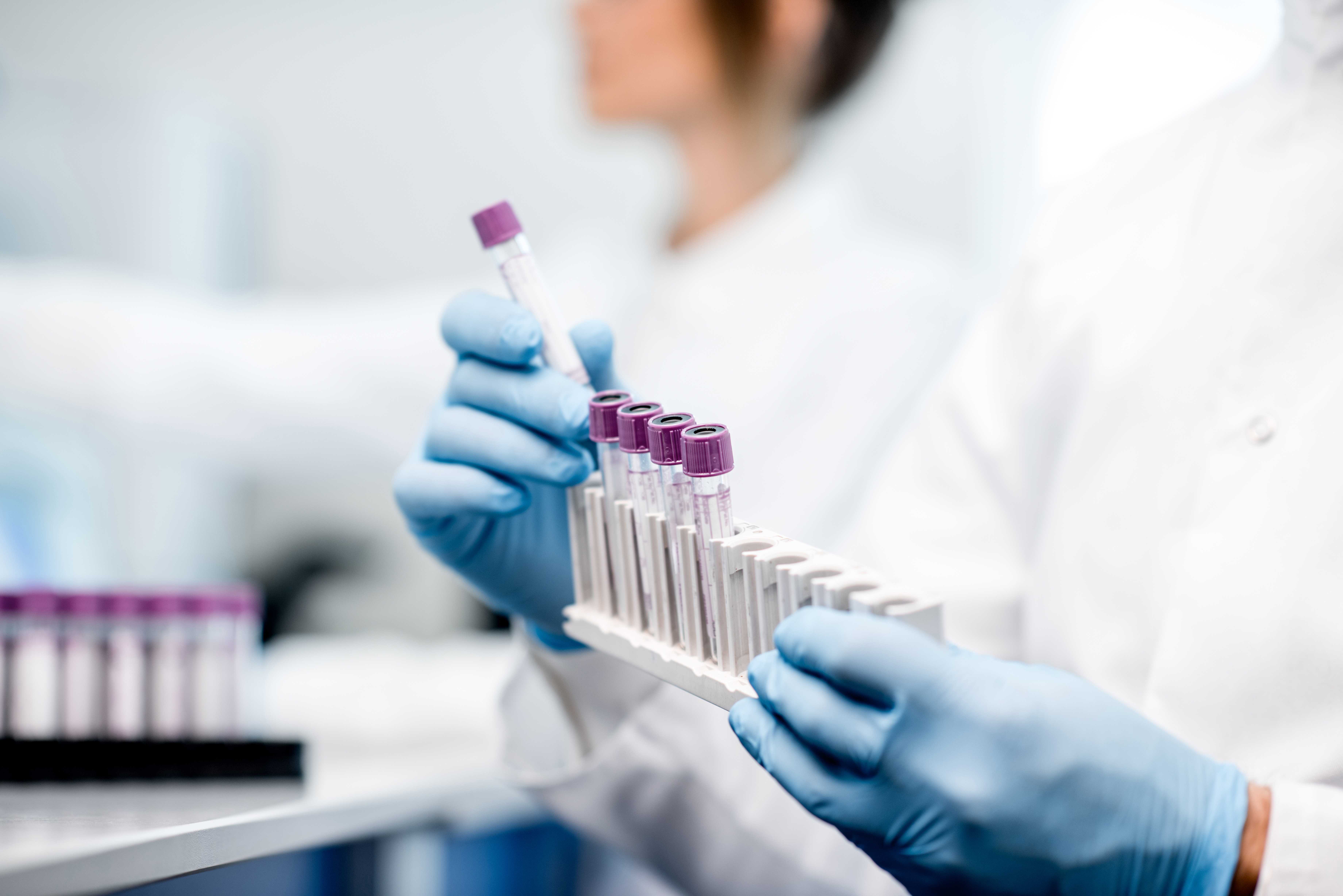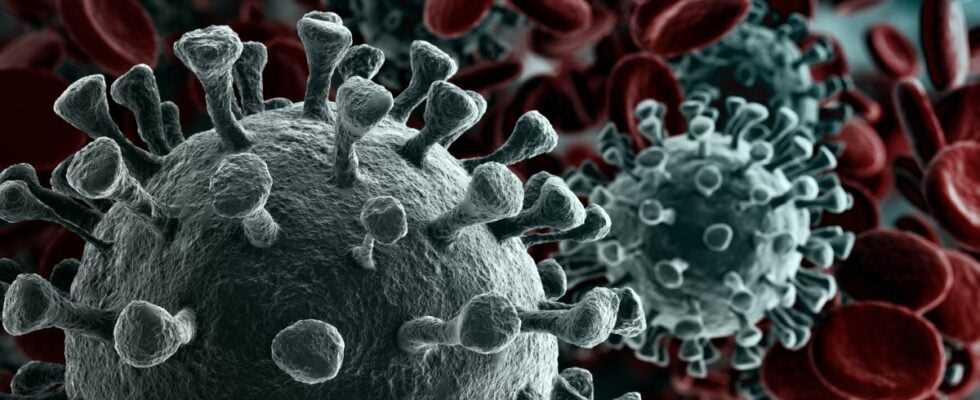Omikron is the COVID-19 surprise bag: So far it is not even clear how the variant actually came about, its individual sub-versions are already superimposed in the current wave of infections.
The omicron mutations are so numerous and sometimes unusual that the research community only exchanges theories but has not yet found any evidence for their origin. Over 50 mutations distinguish them from the wild-type variant of the SARS-CoV-2 virus, originally discovered in Wuhan. What is also special is that there is not only one omicron variant, but that three versions of the virus emerged at about the same time: BA.1, BA.2 and BA.3. BA.1 is responsible for the wave currently rolling in Germany and BA.2 is currently pushing into the European infection process.
BA.2 possibly 1.5 times easier to transfer
The fact that omicron attaches more firmly to the main receptor for the spike protein on our cells makes this variant fundamentally more infectious than the previous ones. Also, the neutralizing antibodies that can capture the virus directly do not match the surface structure of omicron as well as wild-type, alpha, and delta. And the new variant also seems to use a different mechanism to enter our cell: It does not penetrate the cell membrane directly, but can first be enclosed by a lipid bubble and transported into the cell. The question that now arises: Do the BA.1 version that is circulating and the BA.2 version that is currently appearing differ so much from one another that they act like two independent variants on the infection process?
Especially in Denmark, the development of BA.2 has been well observed. There, BA.2 quickly took over the infection process from BA.1. In a joint study by the University of Copenhagen, the Danish Ministry of Health and the Statens Serum Institute, researchers examined the behavior of the two Omicron versions in 8,541 households. They found that when unvaccinated people were infected with BA.2 rather than BA.1, they infected everyone else in the household more easily—whether the household members were unvaccinated, vaccinated, or boosted.
However, if vaccinated and boosted people in a household were first infected, they hardly passed this infection on – regardless of whether they had been infected with BA.1 or BA.2. The Danish researchers conclude that Omicron BA.2 is significantly more transmissible than BA.1. But these effects are buffered by a vaccination, because people with breakthrough infections hardly ever pass on BA.1 and BA.2, even if the overall protective effect of the vaccination is reduced with Omikron.

We have been confronted with the corona virus and the pandemic for almost two years now. The large complex of topics provides a lot of material for reporting. Here is a selection of articles about new variants, symptoms such as Long Covid and news about the vaccines.
To cite a number, Danish authorities estimate that BA.2 may be 1.5 times more transmissible than BA.1, and UKHAS has also made similar observations. In the UK, the BA.2 variant shows greater growth rates than BA.1 and greater infectivity – but no difference in vaccine efficacy. This is also the reason for Denmark’s relaxed approach to the omicron wave. The country recently completely reopened social life, as the Danish population is more than 80 percent vaccinated, effectively breaking the chain of infection.

It is still too early to assess the effects of BA.2 on us. So far there is no evidence that infection with BA.2 is more severe than with BA.1. So far, no reliable statement can be made about the fear that the differences between BA.1 and BA.2 are so great that people who have been infected with one version can also be infected with the other. The assumption that a superimposition of BA.1 with BA.2 will lead to a longer-lasting wave also belongs in the speculation zone. The idea behind this: if BA.2 is more contagious than BA.1, the virus will reach more people. But a reversed argument would also be possible: if BA.2 takes control, the spook will be over sooner – but only if the immune system of the infected person protects them from the other omicron strand. Otherwise there will be a wave within the wave.
BA.1 or BA.2, that is the question
A reliable assessment of the situation is only possible with good monitoring anyway, and that is where the main problem lies: the PCR test systems do not all reliably recognize the different Omikron versions. Some do not identify BA.2 as an omicron, but only as SARS-CoV-2. But even if the PCR test kits recognize Omikron, this is not yet a distinction between BA.1 and BA.2. For this, the virus genome has to be sequenced. This takes time and is by no means done for every random sample.
So is the appearance of BA.2 in the omicron wave a new threat? This is not yet foreseeable – but what can take the fear out of BA.2 is a full vaccination. Even if Omikron, with its different varieties, breaks through the vaccination protection more easily – the vaccination still protects infected people from hospital and death.
(jsc)

